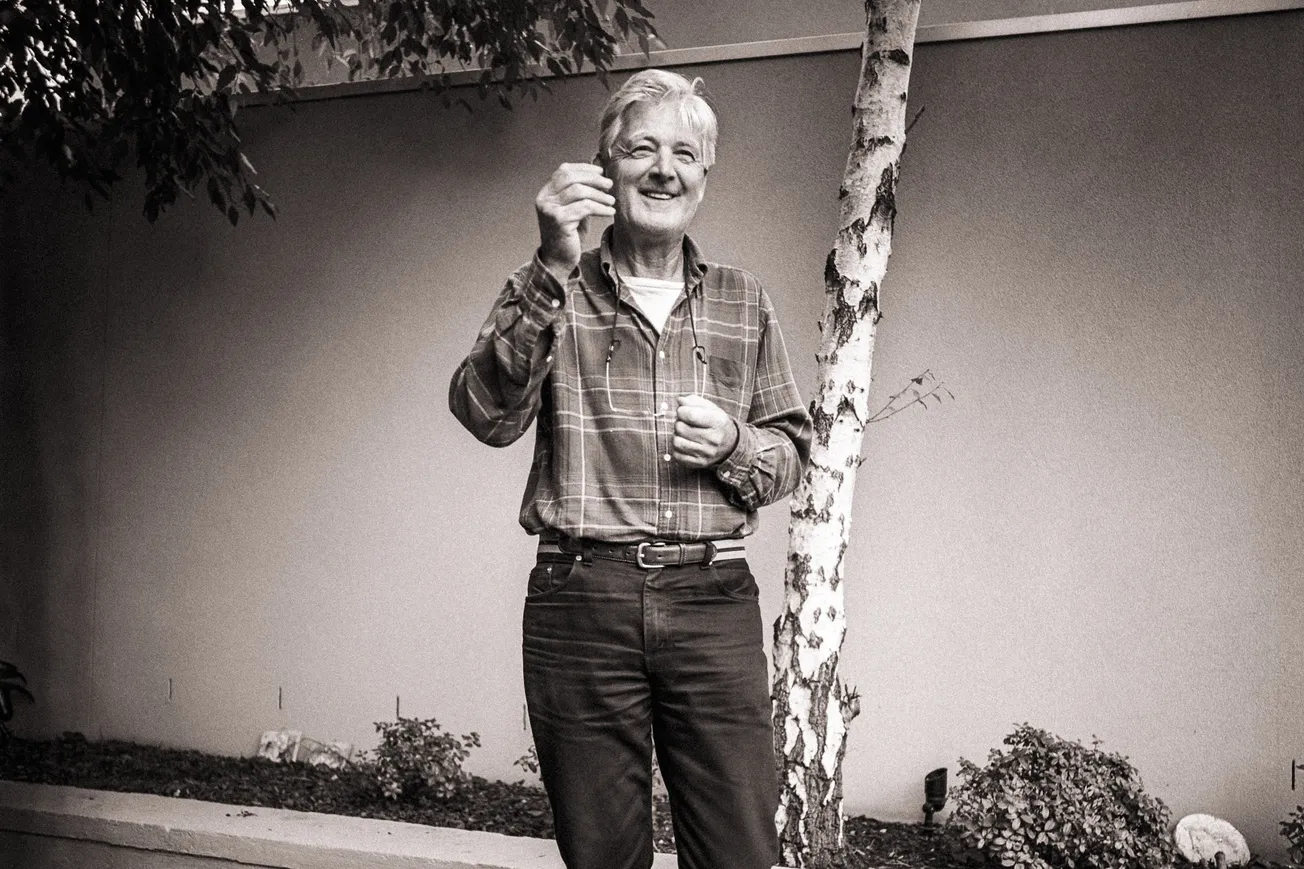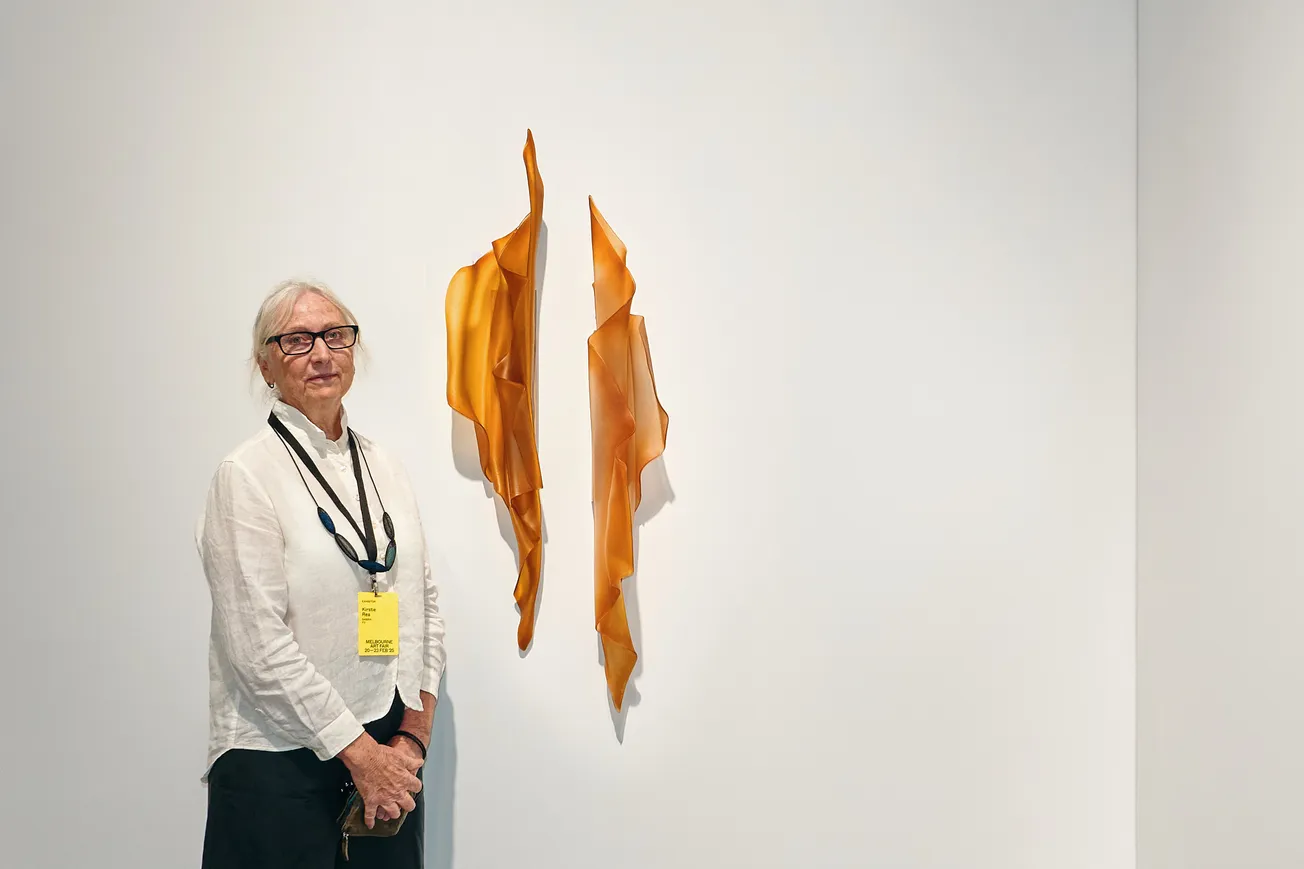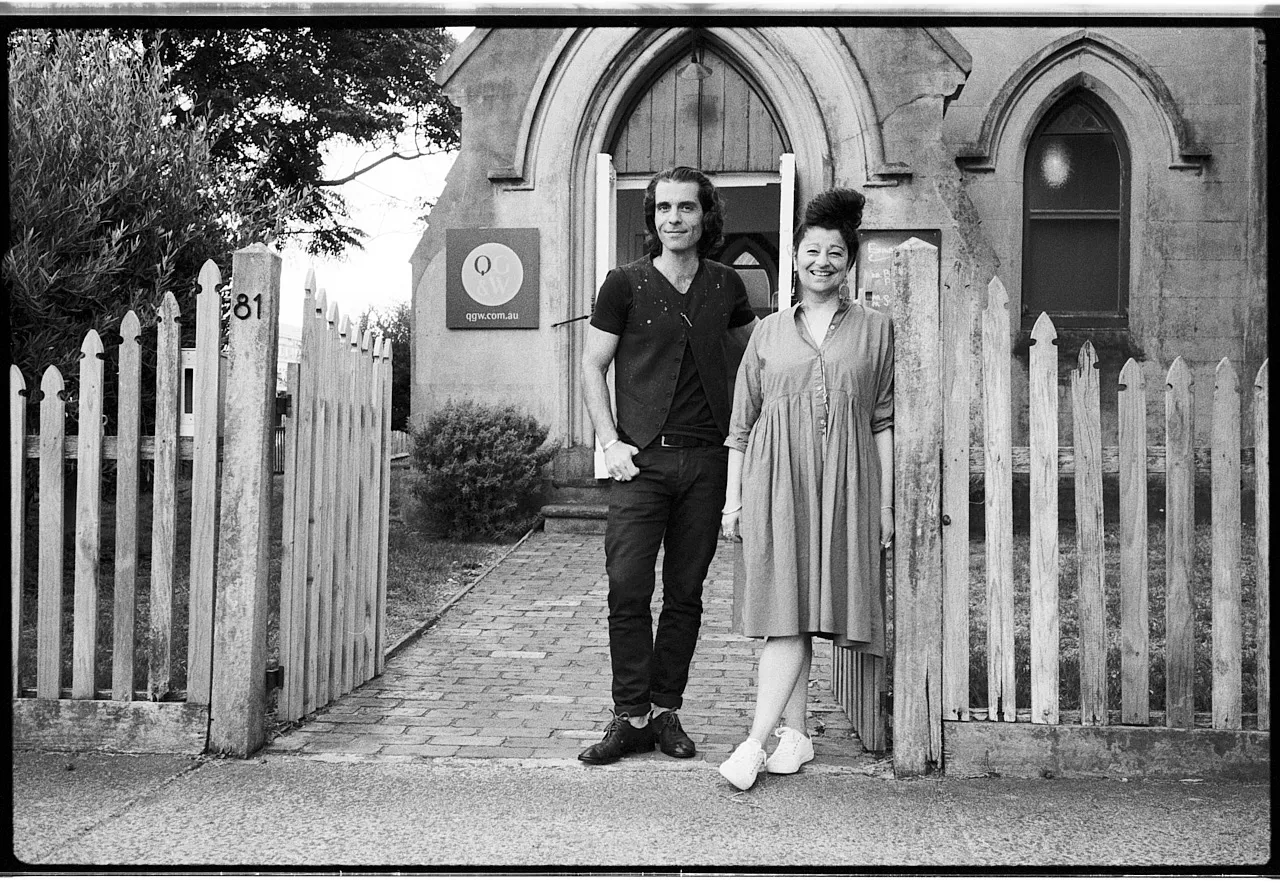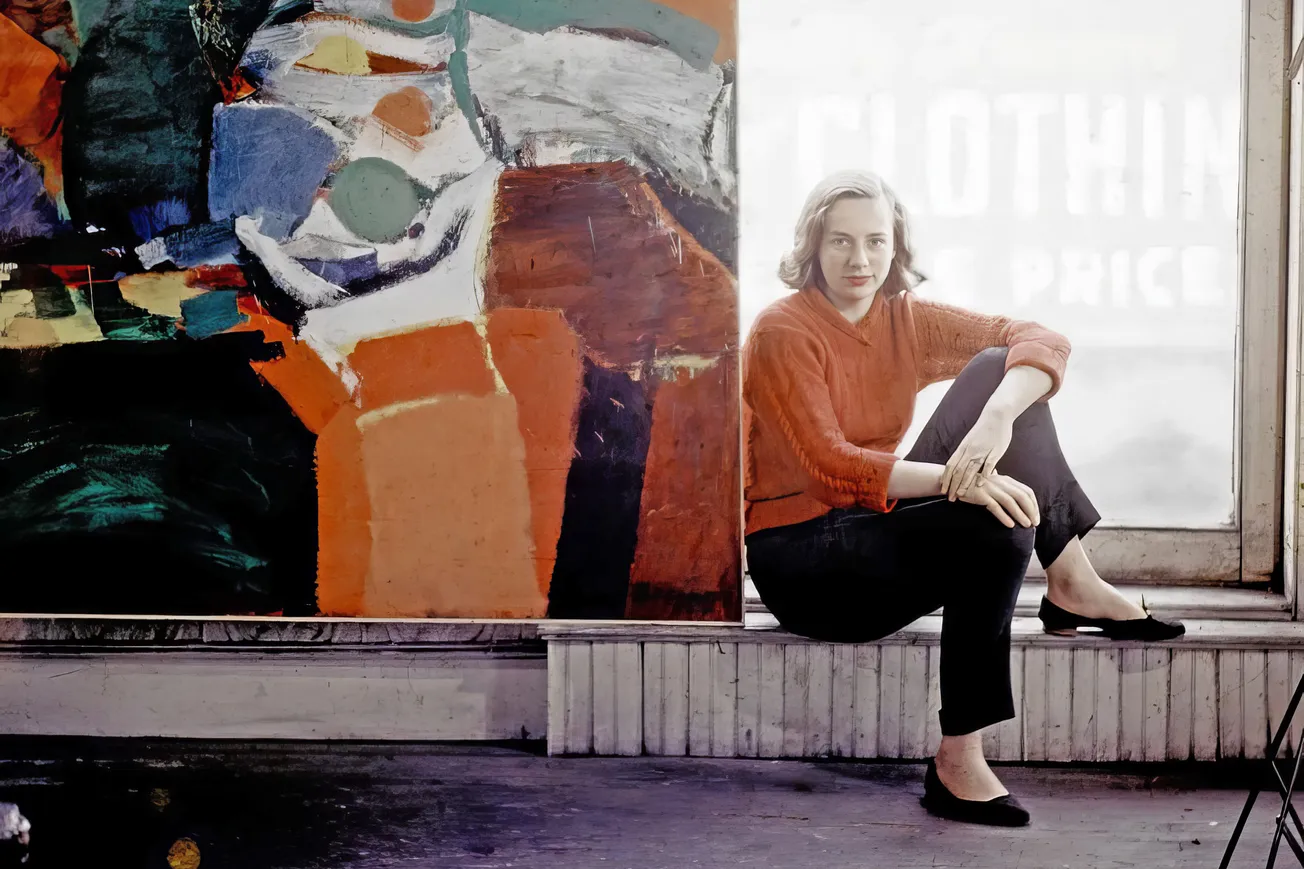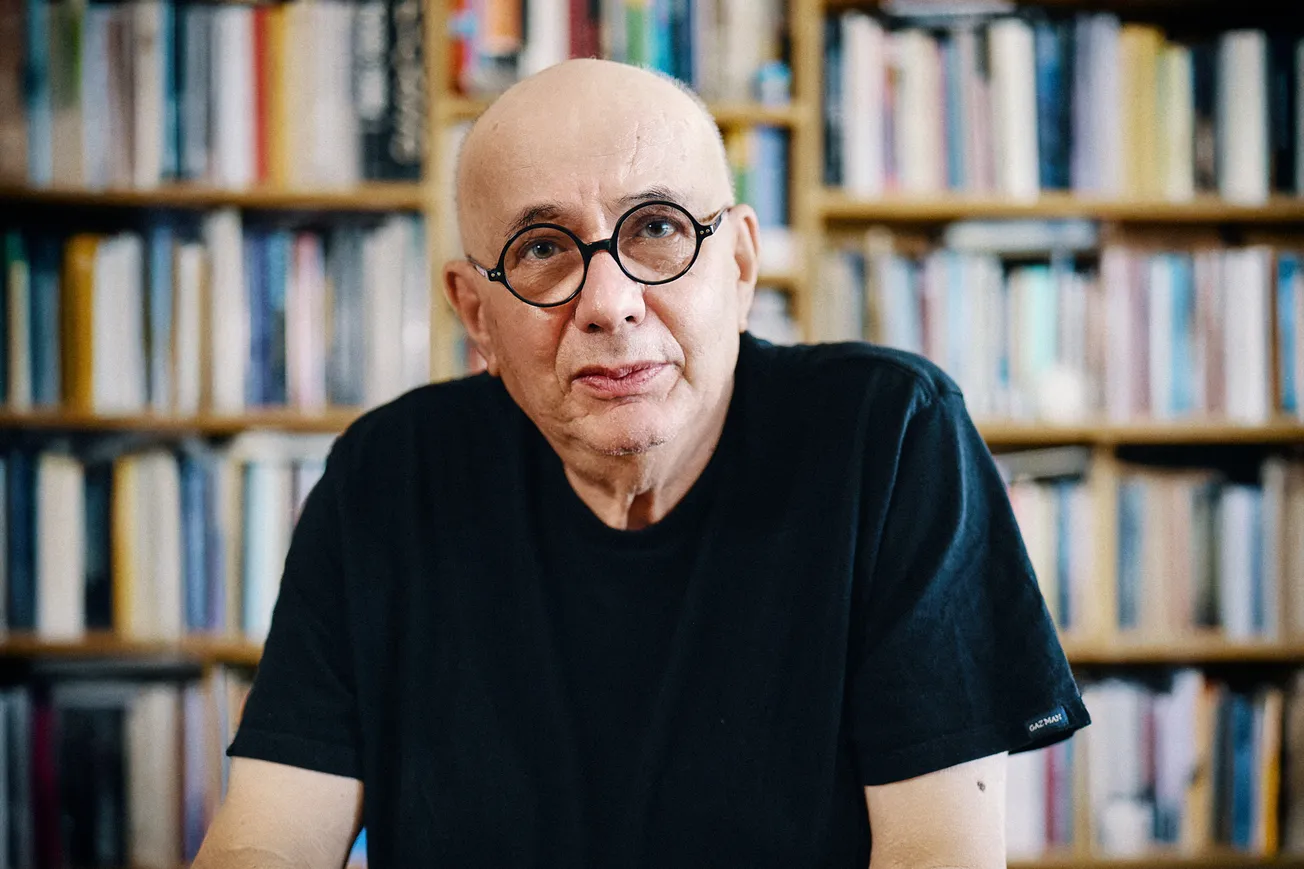Table of Contents
Art Minute
| Title: | Tony Irving |
|---|---|
| Duration: | 8:44 |
| Year: | 2012 |
| Director/DOP: | Peter M Lamont |
| Music: | Peter M Lamont |
About Tony Irving
Early Life and Background
Born in 1939, Tony Irving pursued his passion for art from a young age. He completed a Diploma of Art at Swinburne Technical College in Melbourne between 1955 and 1959. His early experiences and education laid a solid foundation for his future artistic endeavours.
Artistic Development and Education
After his formal education, Irving travelled extensively through Europe from 1966 to 1971, engaging in part-time studies at Ruskin College in Oxford, England. These experiences enriched his artistic perspective and influenced his subsequent works. Upon returning to Melbourne, he combined painting with graphic design and book illustration, showcasing his versatility as an artist.
Major Works and Exhibitions
Irving's career is marked by numerous exhibitions and accolades. In 1966, he won the McCaughey Memorial Prize at the National Gallery of Victoria with his figurative painting "Uncle John’s 1919 Homecoming." He has held solo exhibitions at various galleries, including Eva Breuer Art Dealer and Lindberg Galleries. His works are part of significant collections such as the National Gallery of Australia, the National Gallery of Victoria, and the Benalla Regional Gallery.
Style and Technique
Irving's art is characterised by a socio-realist approach, often depicting urban scenes with a keen observational eye. His technical proficiency is evident in his use of oil on canvas, etching, and aquatint techniques. Notably, his suite of seven limited edition prints of Melbourne laneways captures the essence of the city's hidden alleys, reflecting his deep connection to Melbourne's urban landscape.
Legacy and Influence
Throughout his career, Irving has contributed significantly to the Australian art scene. His works offer a narrative of urban life, blending realism with subtle irony. As an artist-in-residence at the Victorian Trades Hall in 1982-83, he was commissioned to depict life on the workshop floor, further cementing his role in documenting and interpreting Australian social history through art.
References
- Tony Irving - Design and Art Australia Online
- Tony Irving - Lindberg Galleries
- Tony Irving - Victorian Collections

